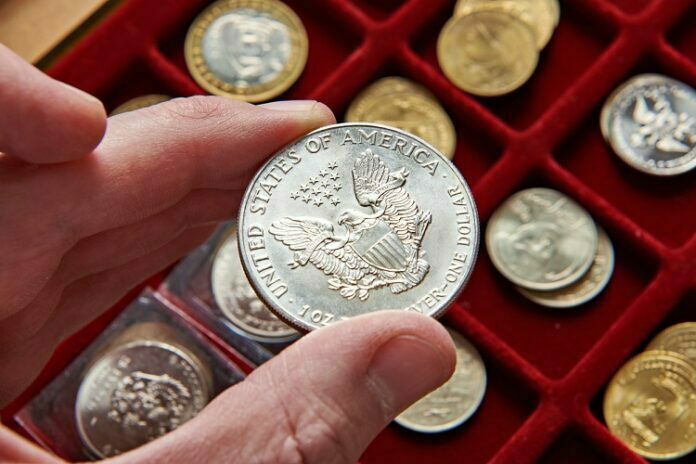Do you have the information and the ability to decide if a coin has been cleaned? If not, be safe and follow these basic rules before making your next purchase.
The first phase in determining whether a coin has been cleaned is to find unnaturally brilliant surfaces. This is a sign that the cover may have been cleaned. New coins have a characteristic brilliance or magnificence, but when a coin wears this brilliance, it begins to blur. By the time a coin scores Very Fine, the charisma may have disappeared.
Any coin under the About Uncirculated rating that appears to be in full brilliance should come closer with alarm. There is a good chance the coin has been cleaned. Coins in out-of-circulation conditions are more challenging to identify as splendor is usual in these ratings. After some time, you will be able to find out what real and unique brilliance looks like, and in this way, reduce your chances of being tricked by a purified coin.
Until you have the ability and information to recognize a cleaned coin, it is recommended that you stick with verified coins. These are coins that have been validated, verified, and validated by an outsider who evaluates the administration. Verifying reputable administrations will usually not ensure a cleaned coin unless they include documentation on the name of the holder. Sticking to secured coins will remove any uncertainty and allow you to focus on the essential part and buy quality coins!
Now, are you probably thinking about some of the techniques used to clean coins? Several methods can be used, including immersion, cleaning, or erasing.
Submerged coins have an improved appearance after being “dipped” in a cleaner substance. Usually, this is ended with silver coins to avoid conditioning. Whenever done correctly, immersion can improve the presence of a coin and can be challenging to identify using coin identifier.
Coins cleaned are the result of “cleaning” coins with an uncomfortable grid. Look for scratches on the hairline, without shine, or for surfaces that have been excellently cleaned. This devalues coins fundamentally and should be avoided unless it is a real out of the ordinary.
Erased coins result from someone using an eraser on a pencil to remove stains or conditioning. This results in limited areas of slight scratches due to the abrasives implanted in the eraser. It is conceivable to see these scratches if you place the coin under a light source and twist the coin to the perfect edge.
Most of the coins are fully protected and have not been altered or cleaned. All in all, it never hurts to have the information necessary to keep a strategic distance from those who have it. Be protected and use this data to control you the next time you shop for coins.




